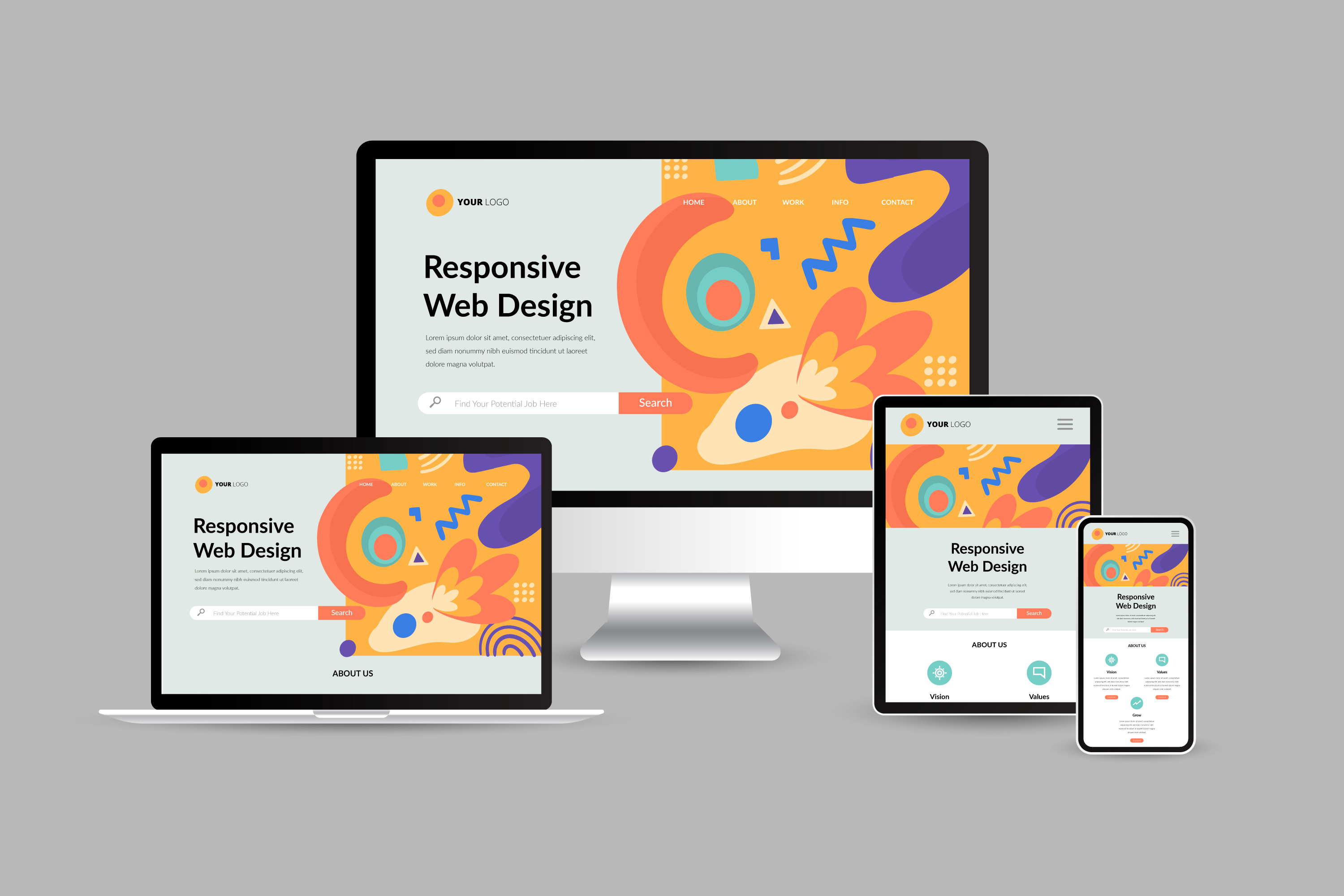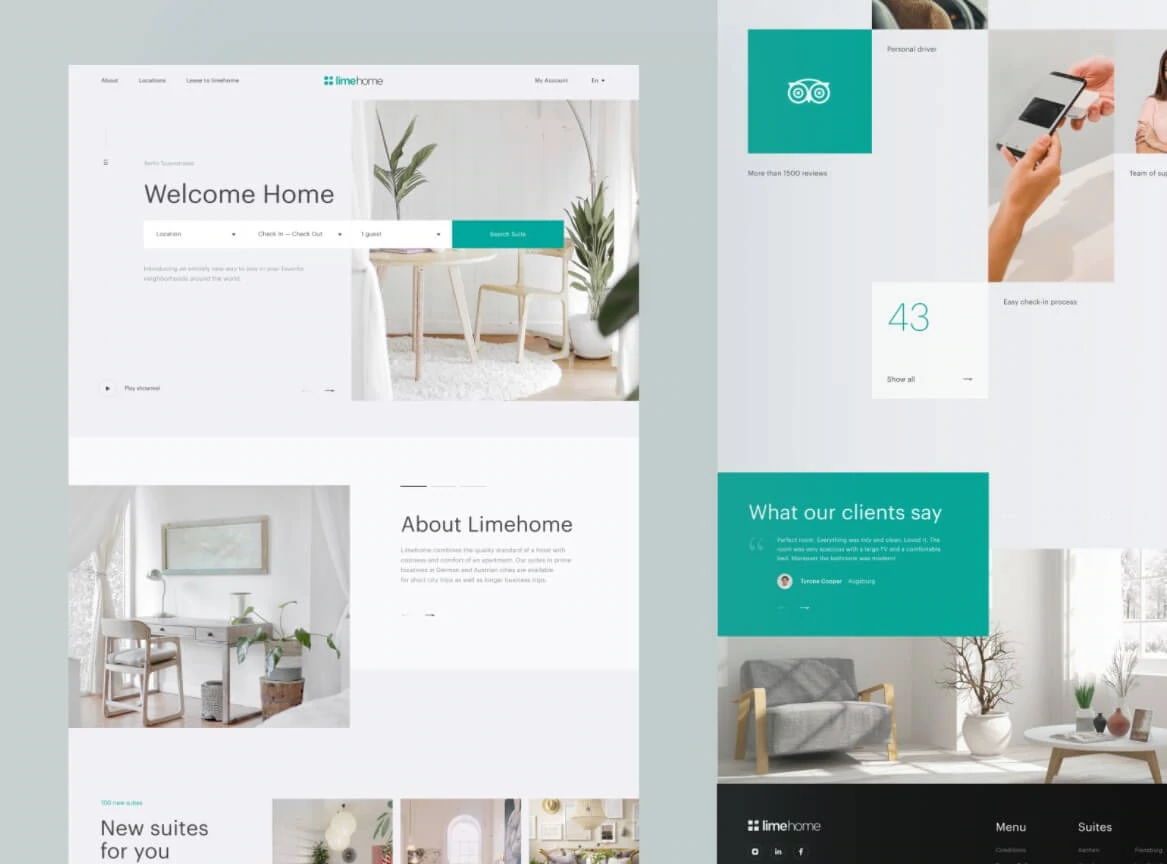Discovering the Link In Between Search Engine Optimization and Effective Website Design
Discovering the Link In Between Search Engine Optimization and Effective Website Design
Blog Article

Crafting a User-Friendly Experience: Essential Aspects of Efficient Site Design
In the realm of web site layout, the significance of crafting an easy to use experience can not be overemphasized. Vital aspects such as a clear navigation structure, receptive style concepts, and fast filling times act as the foundation for engaging users efficiently. Moreover, an user-friendly user interface coupled with easily accessible content standards makes sure that all people, despite capability, can browse easily. Yet, in spite of these fundamental principles, lots of internet sites still fail in delivering this seamless experience. Recognizing the underlying elements that add to efficient layout can clarify how to enhance customer complete satisfaction and engagement.
Clear Navigating Framework
A clear navigation structure is basic to reliable site layout, as it directly influences customer experience and engagement. Customers must be able to find info effortlessly, as instinctive navigating reduces irritation and urges exploration. A well-organized format permits visitors to understand the partnership between different pages and material, leading to longer site brows through and boosted communication.
To achieve clearness, designers should utilize familiar patterns, such as top or side navigating bars, dropdown food selections, and breadcrumb routes. These aspects not just boost usability however likewise provide a sense of alignment within the website. Preserving a regular navigating framework throughout all web pages is crucial; this familiarity assists customers expect where to discover wanted information.
It is likewise necessary to restrict the variety of menu products to prevent overwhelming users. Focusing on the most important sections and employing clear labeling will certainly lead visitors efficiently. In addition, integrating search functionality can better aid customers in finding particular material swiftly (website design). In summary, a clear navigating structure is not just a style option; it is a strategic element that significantly influences the general success of a site by fostering a effective and enjoyable individual experience.
Responsive Layout Principles
Efficient internet site navigation sets the stage for a smooth user experience, which becomes much more critical in the context of receptive style concepts. Responsive layout ensures that sites adapt fluidly to various display dimensions and alignments, boosting accessibility across devices. This versatility is achieved through versatile grid layouts, scalable photos, and media inquiries that allow CSS to readjust styles based on the tool's characteristics.
Key concepts of receptive design consist of fluid designs that utilize percentages instead of dealt with devices, making sure that elements resize proportionately. Furthermore, using breakpoints in CSS makes it possible for the style to shift smoothly between various tool dimensions, optimizing the design for each and every display kind. Using receptive photos is also vital; photos need to instantly readjust to fit the screen without shedding top quality or triggering layout shifts.
In addition, touch-friendly user interfaces are vital for mobile individuals, with sufficiently sized switches and intuitive gestures improving individual interaction. By incorporating these principles, developers can create sites that not only look aesthetically pleasing however additionally offer functional and interesting experiences across all gadgets. Eventually, reliable responsive layout promotes individual fulfillment, lowers bounce prices, and motivates much longer interaction with the material.
Quick Loading Times
While individuals increasingly expect websites to pack promptly, quick loading times are not simply an issue of ease; they are essential for maintaining visitors and boosting overall user experience. Research indicates that customers typically abandon sites that take longer than three seconds to tons. This abandonment can result in enhanced bounce rates and decreased conversions, ultimately harming a brand's online reputation and earnings.
Quick packing times improve customer interaction and fulfillment, as visitors are a lot more likely to check out a site that reacts quickly to their communications. Furthermore, internet search engine like Google prioritize rate in their ranking algorithms, implying that a slow web site may struggle to attain presence in search outcomes.

Instinctive Interface
Quick filling times prepared for an interesting online experience, but they are just component of the formula. An user-friendly individual interface (UI) is necessary to make certain site visitors can navigate an internet site effortlessly. A properly designed UI permits customers to accomplish their goals with very little cognitive load, cultivating a seamless interaction with the website.
Crucial element of an user-friendly UI include regular design, clear navigating, and identifiable icons. Consistency in layout aspects-- such as color design, typography, and button styles-- helps individuals comprehend how to communicate with the website. Clear navigating structures, including rational food selections and breadcrumb routes, enable individuals to find information quickly, lowering aggravation and improving retention.
In addition, feedback mechanisms, such as hover results and packing indicators, inform individuals about their actions and the site's reaction. This openness grows count on and encourages continued engagement. Furthermore, prioritizing mobile responsiveness ensures that users delight in a cohesive experience throughout tools, satisfying the varied means target markets accessibility web content.
Obtainable Content Standards

First, make use of clear and straightforward language, avoiding jargon that might puzzle readers. Emphasize correct heading structures, which not just aid in navigating yet also assist display readers in analyzing content power structures efficiently. In addition, supply alternative message for images to share their definition to customers who count on assistive innovations.
Comparison is an additional vital aspect; make sure that message stands apart versus the background to boost readability. Guarantee that video and audio web content includes records and captions, making multimedia Web Site accessible to those with hearing disabilities.
Finally, incorporate key-board navigability right into your design, enabling customers who can not utilize a mouse to access all site attributes (website design). By adhering to these accessible material guidelines, web designers can produce inclusive experiences that accommodate the needs of all individuals, inevitably enhancing customer engagement and complete satisfaction
Conclusion
Finally, the combination of necessary components such as a clear navigation framework, responsive design concepts, quick packing times, an intuitive customer interface, and easily accessible web content guidelines is vital for developing a straightforward internet site experience. These elements collectively boost usability and involvement, making certain that customers can easily connect and browse with the site. Focusing on these style aspects not just improves general complete satisfaction however likewise fosters inclusivity, accommodating diverse customer demands and preferences in the electronic landscape.
A clear navigation framework is essential to effective internet site style, as it straight influences individual experience and interaction. In summary, a clear navigation framework is not merely a layout option; it is a tactical element that significantly impacts the general success of a website by cultivating a effective and delightful user experience.
Additionally, touch-friendly interfaces are important for mobile users, with appropriately sized switches and user-friendly gestures boosting user interaction.While users increasingly expect websites to load about his quickly, quick filling times are not simply an issue of convenience; they are necessary for preserving site visitors and boosting general user experience. website design.In final thought, the integration of necessary aspects such as a clear navigating structure, responsive style principles, quickly packing times, an intuitive individual interface, and accessible material standards is essential for developing an user-friendly internet site experience
Report this page